It should come as no surprise that working in ceramic tile manufacturing is among the most profitable work available anywhere in the world. In order to join the business, one must first acquire the production machine, get knowledgeable of the process, and create the required circumstances for the business to function. There are a few standard procedures that are used to manufacture ceramic tiles, and in order to get started creating tiles, the necessary components must first be gathered. In addition, there is a broad selection of production machinery, some of which are operated manually.
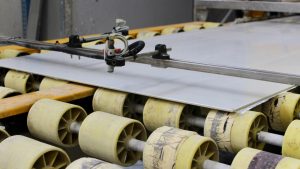
Ceramic tile
Ceramics are objects that are recognized as being made of a mixture of water and soil, which are then placed in an environment that is hot and dry before being hardened by the heat of the fire. This process is known as the firing process. The production of tiles has been done using this method ever since ancient times. On the other hand, according to the most up-to-date meaning of the term “ceramic,” this material refers to a solid object that is made of a non-metallic mineral and is tempered by heat. Tiles made of ceramic fall into one of four primary categories: special and technical ceramic products (such as acid-resistant ceramic tiles), refractory ceramic, raw ceramic products, or sensitive ceramic products. The following is a list of items made from ceramic tiles that see the greatest use: ceramic household utensils, ceramics used in sanitary building construction, floor tiles, and electrical insulators.
read more: ceramic tiles supplier
Tiles come in a variety of shapes and sizes. It is the most critical consideration in determining the sort of tile to choose when determining whether or not to use tile paint. Ceramic tile categorization is influenced by the second stage’s porosity and permeability. The primary texture of the tile may also be affected by the sort of paint used to embellish the tiles. Clay or dyes may be used, and these colors are natural ones that are put to the clay before heating or to the dough after heating, depending on the recipe. They re-oven the tile after it has been colored with a glaze or other suitable pigment. The diversity of colors in glazed tiles is greater than in unglazed tiles.
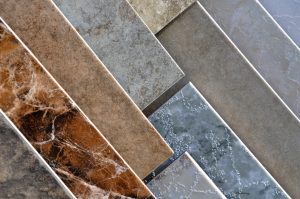
Ceramic tile manufacturing process
There are some steps to be taken in order to go through the ceramic tile manufacturing process. The first step is the preparation of raw materials and preparation of powder for making ceramic tiles. Raw material preparation means the operations that take place after the raw materials enter the factory. Before weighing and mixing, this stage is the first stage in the factory production line and mainly includes the crushing and grinding of materials. Pressing and shaping of the ceramic tile pre-mold is the second phase that at this point the prepared powder is injected into the molds and proportional to the size of the tiles produced. After the powder completely fills the molds, it applies the pressure necessary for the initial formation of the tile body. In tile production, with a single-burning process, after the paste comes out of the press, the pre-kiln glazing and printing stages are carried out.
ceramic tile drying is the next stage. If the ceramic does not dry well or dries quickly, it will crack, warp, or change its size. Hot air tunnels are used to dry high-quality parts. To avoid cracks and surface warping, the air at the beginning of the tunnel is just like the air outside. Halfway through the tunnel, the heat reaches the required maximum and at this point, all the physical water of the ceramic evaporates and the part dries completely. Glazing and geometric corrections are the final stages. The purpose of covering the dough surface with glaze is mainly to beautify the product and increase its chemical and mechanical resistance, making the object impermeable to the gaps and ultimately sterilizing the surface of the product.
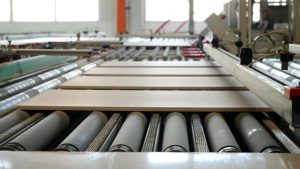
Ceramic tile machine
In factories that produce ceramic tiles, the sophisticated machine is used at each stage of the manufacturing process. These machines, in the order of their application in the various stages of ceramic processing, are as follows: crusher, feeder, ball and glass mills, sprays, presses, rotary and tunnel kilns, glaze and decoration lines, and packing and sizing machines. The function of the crusher is indicated by its name: it reduces large stones and raw materials to smaller pieces. Crushed stones are fed into the feeder by means of the above mechanism. It is equipped with a mixing section that makes use of various kinds of soil, and it breaks down the material that is fed into it into smaller pieces so that it can be sent to the machine that comes after it. The moisture content, temperature, and pressure of the pieces are all evaluated with the assistance of a spray machine. The pressing section is responsible for maintaining control of the amount of press, as well as the thickness, dimensions, and surface cleanliness. The quality of the tiles, as well as their look, would be controlled and measured by the glaze and decorative lines. In addition to this, it has control over the process of glazing, the amount of glaze used, and the printing methods. The barcoding and dates that are printed on the boxes of tiles would be applied by the packaging and sizing machinery. In addition, the tiles are classified from one to four according to the quality of their manufacturing, and they are packaged accordingly.
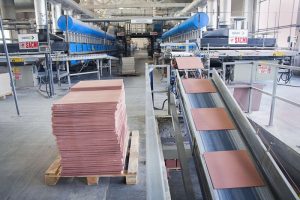
Ceramic tile business
In a fortunate turn of events, the business for ceramic tiles produced in Iran has flourished. The higher quality raw materials used in the manufacture of ceramic tiles, as well as patterns and designs that are created in accordance with the most recent technological advancements in the world, have contributed to the increased success of these items compared to earlier times. When it comes to the business of selling ceramics and tiles, price is a very significant factor. The gross weight of the cargo is always represented in tones, which is equal to one thousand kilos. This is due to the fact that ceramic tiles are put into packed pallets. Tile is among the construction materials that are on the heavier side. When there is no one to keep an eye on the price, both the purchasing and selling prices go up at an exponential rate. Tiles made of ceramic are sent overseas by both sea and land routes. The price of commercial shipping of ceramics will vary significantly from one country to the next depending on the destination. Each kind of ceramic tile, which might be of a variable grade, is evaluated for potential export in a number of distinct patterns and hues. These readily apparent disparities have an effect on pricing. It is necessary to have the necessary information and skills in order to be successful in the tile business. You need to maintain a continual effort to locate and provide outstanding service. In addition, having the capacity to effectively manage tile stockpiles, having access to qualified staff, and positioning yourself in close proximity to major markets are all critical factors that will contribute to your business’s success.
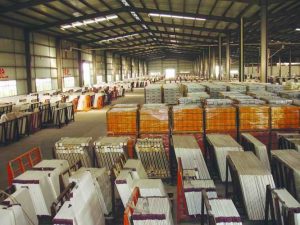
To sum up, the market for ceramic tiles has expanded over the years. One may join the ceramic production industry if they have the appropriate machines and are familiar with the whole manufacturing process. However, if you are seeking a reliable business company that can provide you with ceramic tiles of the highest quality, you can get more information about the tile business by following us. This will allow you to learn more about the tiling industry.
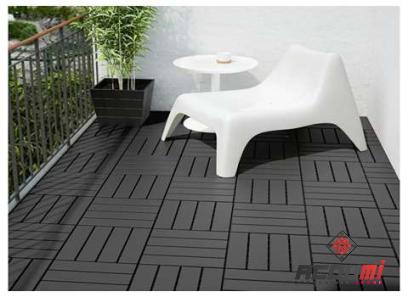
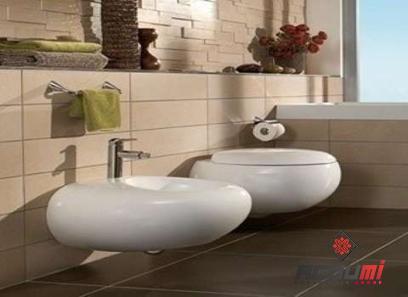

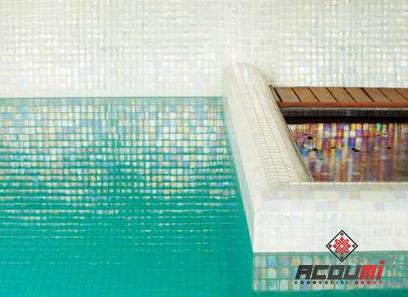

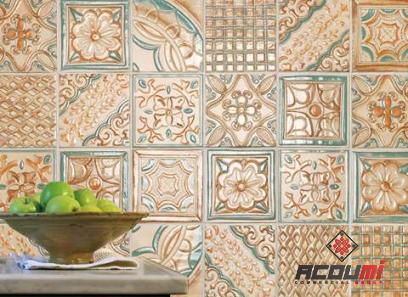

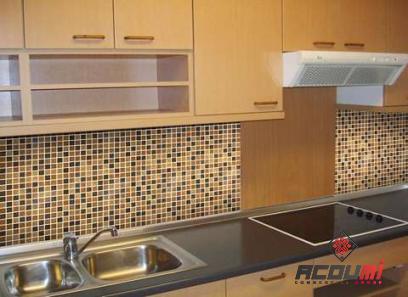
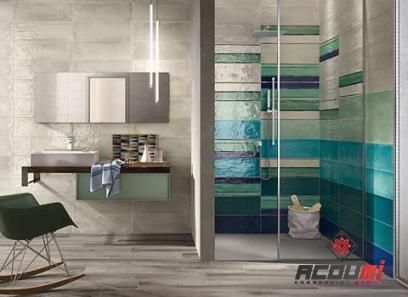
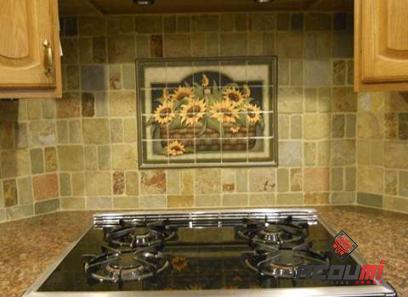
Your comment submitted.